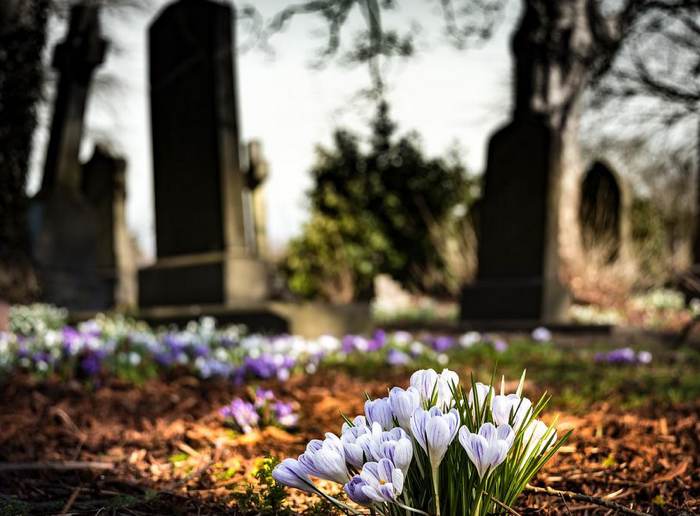Era of catastrophe-focused traditional reinsurers may be over: AM Best

The era of catastrophe-focused traditional reinsurers appears to be over, rating agency AM Best announced today, as the pulling-back continues in some quarters, while the addition of more diversifying lines of business accelerates among once cat-specialist US and Bermuda based reinsurance firms.
AM Best explained in a recent report that the catastrophe exposed regions of the world remain challenged, with insurance and reinsurance capacity not as abundant as before.
There are, “Constraints in certain areas, particularly in frequency layers of natural catastrophe programs, aggregate covers, and peak catastrophe zones in the US,” AM Best explained.
One of the drivers has been reinsurers pulling-away from natural catastrophe risk and perceived exposure to climate change through weather related loss events.
This, on top of concerns related to social inflation and litigation in regions such as Florida, have resulted in markets that are lacking capacity in the volumes they had experienced in recent years, while reinsurers are increasingly looking to diversify.
Some of the largest global reinsurance firms continue to expand their property and catastrophe reinsurance books, but these are the companies that are already globally and line of business diversified.
For many of the other reinsurers which were once considered catastrophe specialists, they are shifting to a more diversified model, as they look to moderate the impacts of the larger catastrophe loss events on their businesses.
Despite the property catastrophe reinsurance pricing environment improving, with significant rate increases at many recent renewals, the trend away from cat risks continues.
“US and Bermudian (re)insurers are more focused on growing their specialty and casualty portfolios, particularly
in the excess and surplus (E&S) markets, where pricing is viewed as well in excess of loss cost trends,” AM Best says.
While a number of other companies have stated their intentions to pull-back, or exit direct property cat writing altogether.
Which leads AM Best to conclude that, “The era of catastrophe-focused traditional reinsurers appears to be over.”
However, “There is catastrophe-focused capacity in the insurance-linked securities (ILS) reinsurance and retro markets,” the rating agency adds.
While a number of US and Bermudian reinsurance firms counted property cat risks as their core business line a few years ago, now, “Most of these companies have either diversified their portfolios and are no longer dependent on property catastrophe business or have been acquired and now operate as part of a larger and more diversified franchise,” AM Best points out.
Of course, the era of a dedicated catastrophe focused reinsurer that was solely a traditional business model, with an equity balance-sheet, is actually quite long gone.
The majority of US and Bermudian reinsurance firms have been leveraging significant amounts of capital markets and insurance-linked securities (ILS) capacity to help them sustain large cat portfolios, either by managing the third-party capital themselves, in relationships with major ILS funds and investors, or through use of retrocession as a way to balance their exposures.
Were these reinsurers still really traditional at all, with their hybrid approach to leveraging capital from different sources to help them underwrite? Possibly not.
The problem is finding enough global property cat opportunity to create a diversified portfolio that isn’t just a US wind play, while also making use of the best capital sources to enable risk to be underwritten at scale sufficient to deliver returns through a traditional reinsurance model.
A more overt hybrid approach, of collateralized capacity sitting behind a rated reinsurance carrier has served some in the ILS market well, suggesting the era of the catastrophe reinsurer is far from dead.
But the pure equity balance-sheet backed catastrophe reinsurance model actually died quite a long-time ago, with the increasing contribution of third-party capital to those reinsurers becoming one driver that helped them sustain the model for longer than perhaps would now be considered reasonable.
Catastrophe losses and more frequent weather loss aggregation have become a killer for that pure-play, traditional balance-sheet focused catastrophe underwriting model.
Of course, looking forwards, as the catastrophe-focused traditional reinsurer model may die completely, the use of third-party capital may help diversifying reinsurers to sustain catastrophe portfolios that can still be significant profit drivers for them, if well-managed and diversified by peril/region as well.
So while at this point of the cycle we may see some reinsurance firms moving away from cat risk, there’s a strong chance we seem them reintroduce it to their businesses as rates continue to rise. But perhaps with even greater assistance from both managed and hedging third-party investor capital.
——————————————————————— Tickets are selling fast for Artemis London 2022, our first ILS conference in London. Sept 6th, 2022.
Tickets are selling fast for Artemis London 2022, our first ILS conference in London. Sept 6th, 2022.
Register soon to ensure you can attend.
Secure your place at the event here!
—————————————






